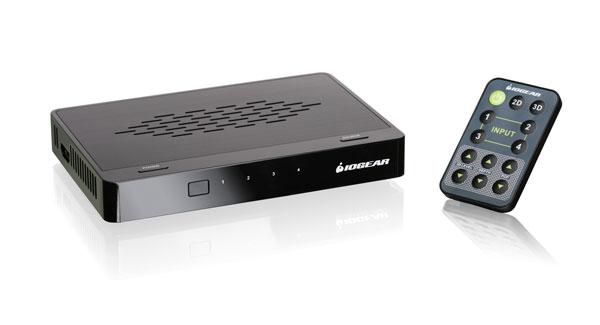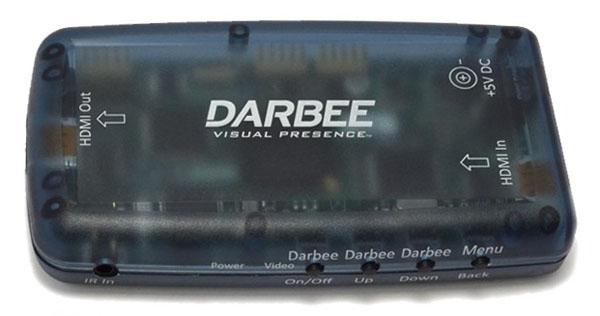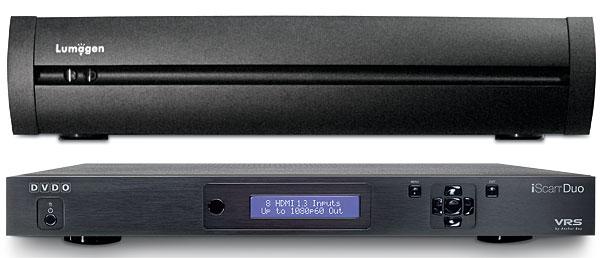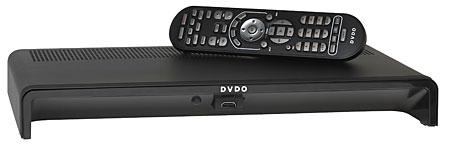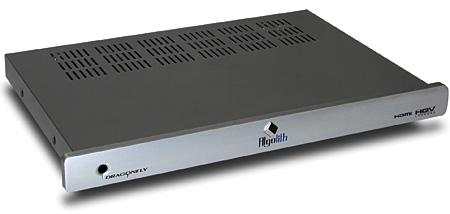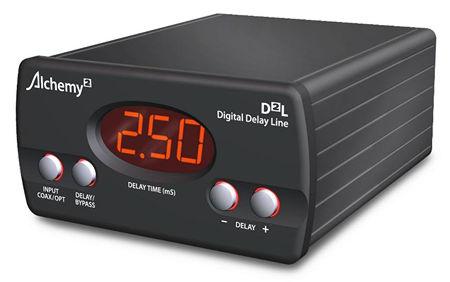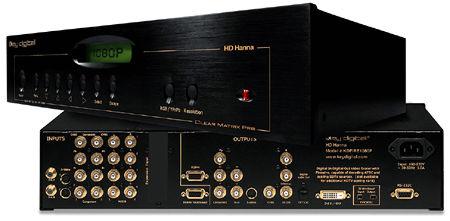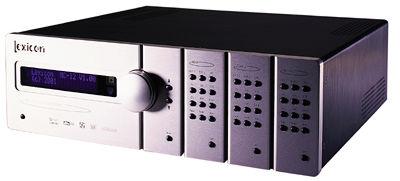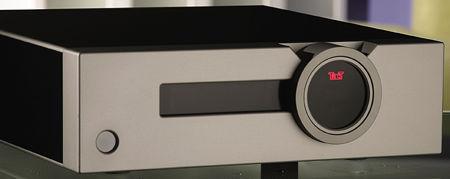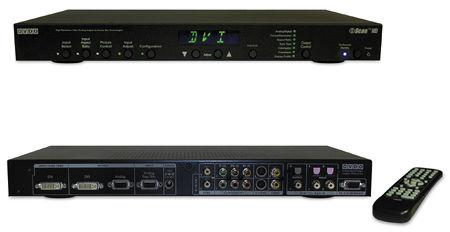Video Processor Reviews
Sort By: Post Date TitlePublish Date
|
Sep 17, 2012 |
|
Aug 22, 2012 |
|
May 03, 2012 |
|
Jul 24, 2006 |
|
Jun 19, 2005 |
First Published: Jun 20, 2005 |
|
May 08, 2005 |
|
Nov 07, 2004 |
First Published: Nov 01, 2004 |
|
Nov 07, 2004 |
|
Oct 17, 2004 |


